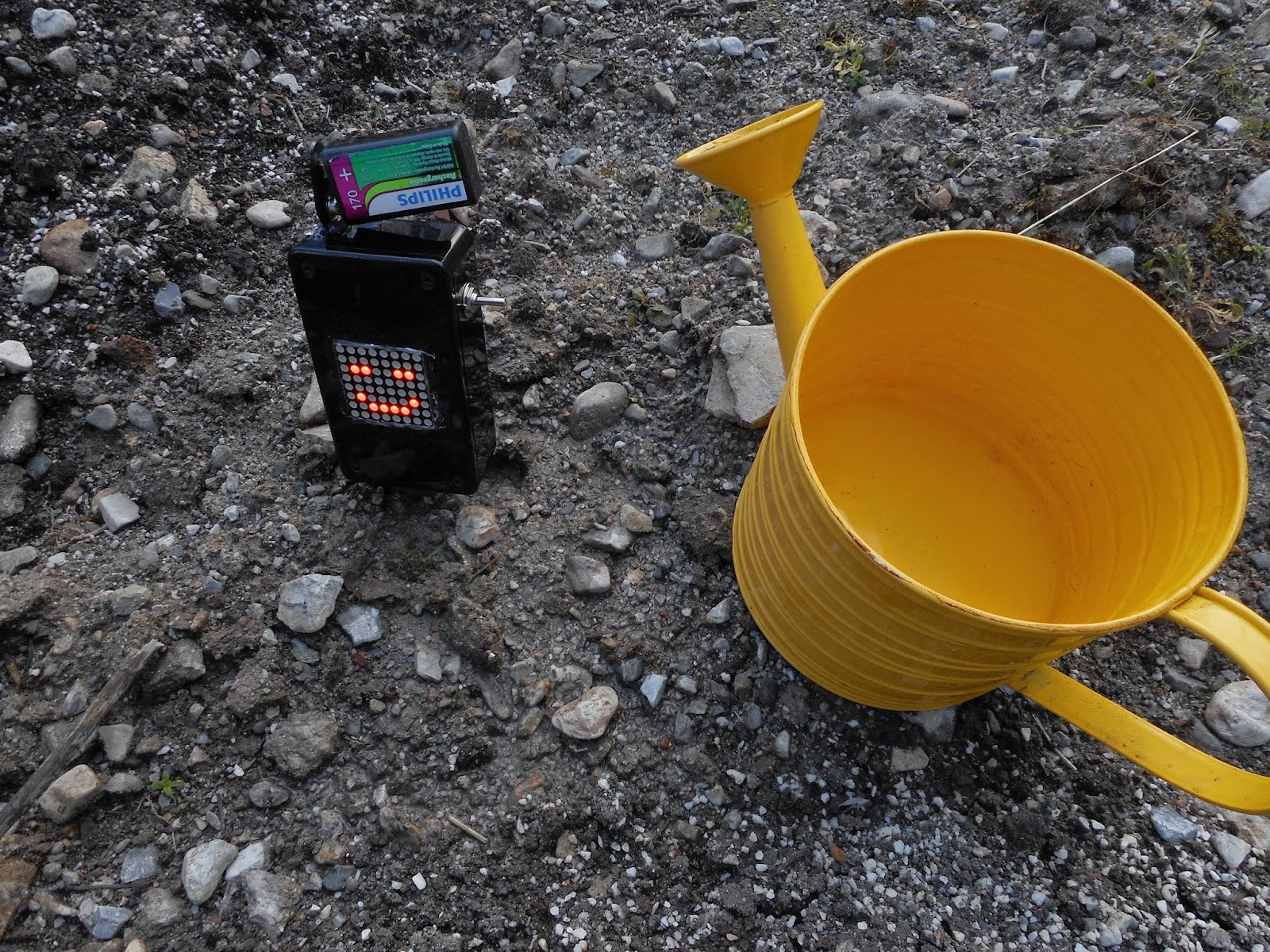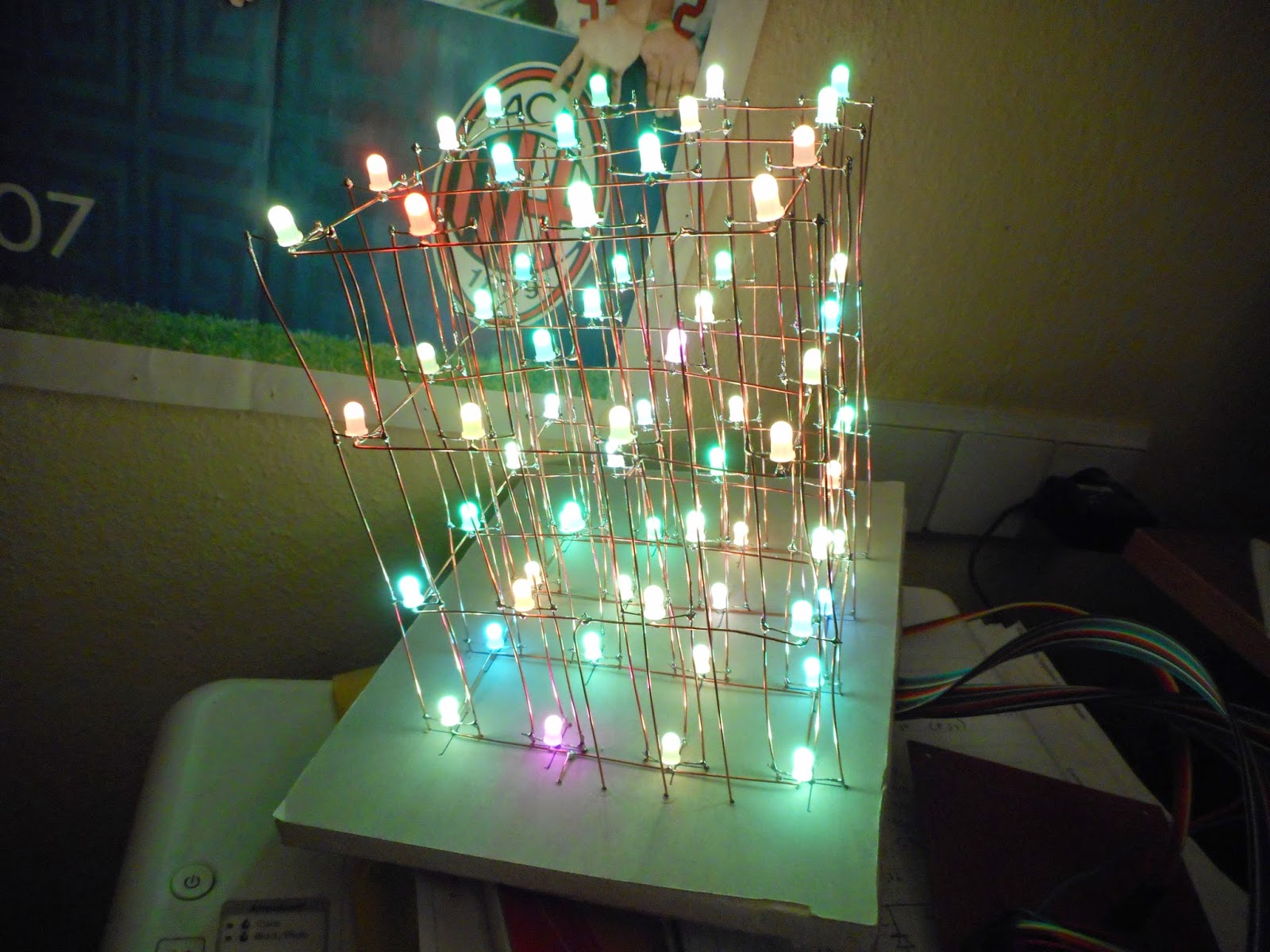A few months ago I saw GreatScott's project which had an RGB led strip and he could control it through his tv control with an arduino and some more components including one MOSFET. This was an overkill since he had 3 colors and he choose to shortcircuit the legs and get just one color. In my version I use 3 MOSFETS to control each color separate. The whole project is based on Scott's schematic with the difference I use 3 MOSFETS and the resistor that connects arduino to the base of the MOSFET is 1K and not 10K like Scott suggests (it took me 3 days to find this problem)! Also I made some changes to the code since we have to do with 3 colors and not just one. When I finished building it another idea came to me, why not control it with my android phone also? Fortunatelly some people from Thailand which I don't know their names because it was in Thai were tenderhearted and offered the arduino code and android app for free. One positive point was that minor changes had to be done to the hardware part. A bluetooth module and connections to Vss,Gnd, Rx and Tx. Again I Had some problems in the code because there was a conflict between the bluetooth and the IR part but after some trial and error, everything worked perfectly. One crucial thing to do in the IR part is that because every controller-tv has a unique code depending on the manufacturer is to get the IR codes for the controller of the led strip by running the arduino example "IRRecvDemo". There by running the serial monitor and pressing the keys you want for control you should get 7 different codes (Red Up/Down, Green Up/Down, Blue Up/Down And Power On/Off-Same key), then you must replace these codes in the arduino code and everything should work fine. Finally as you will see in the schematic my bluetooth's Rx pin has a voltage divider which is 3.3 Volts and it
works fine, manufacturer suggests this voltage cause arduino's 5V might
burn it.
I provide the schematic and the arduino code for The IR controller separately if you want to build it individually. And also the schematic and the arduino code if you want to build the mixed version!
You can estimate for every meter you will need 1A power supply, so for a 5m RGB strip you will need a 12V / 5A Power Supply.
Android app : https://play.google.com/store/apps/details?id=arduino.control.rgbleds
Arduino code : https://www.dropbox.com/sh/g3yns970ma15up1/AAAswMf26Ml1UC3xgPBR8D0sa?dl=0
I provide the schematic and the arduino code for The IR controller separately if you want to build it individually. And also the schematic and the arduino code if you want to build the mixed version!
You can estimate for every meter you will need 1A power supply, so for a 5m RGB strip you will need a 12V / 5A Power Supply.
Android app : https://play.google.com/store/apps/details?id=arduino.control.rgbleds
Arduino code : https://www.dropbox.com/sh/g3yns970ma15up1/AAAswMf26Ml1UC3xgPBR8D0sa?dl=0

































































